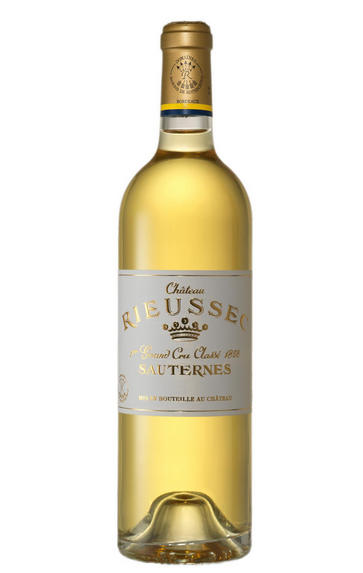
2001 Château Rieussec, Sauternes, Bordeaux
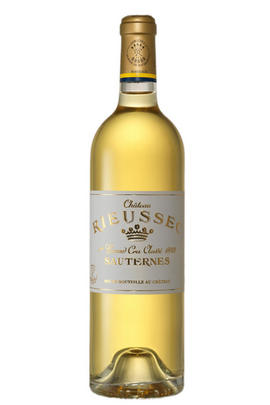
Critics reviews
Neal Martin - 31/01/2017
Robert Parker Wine Advocate #153 Jun 2004
About this WINE
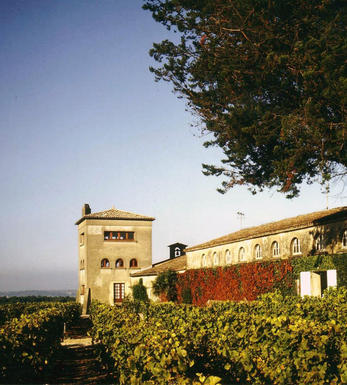
Chateau Rieussec
Château Rieussec is one of the richest and most exotic of all Sauternes, producing particularly good wines in the late 1980s and the mid 1990s. Rieussec has been owned by Domaines Barons de Rothschild since 1985 and is located at one of the highest points of Sauternes in the village of Fargues where its vineyards border those of Château d`Yquem.
Rieussec's 75 hectares of vineyards are planted with 89% Sémillon, 8% Sauvignon Blanc and 3% Muscadelle. Yields are low and the grapes are fermented in stainless steel tanks and oak casks before being matured in oak barriques (70% new) for 18-24 months.
Rieussec produces a classic full-bodied Sauternes that is deep golden-yellow in colour and packed with lusciously sweet, honeyed fruits. Classsfied as a 1er Cru Classé, its best vintages rival those from d`Yquem.
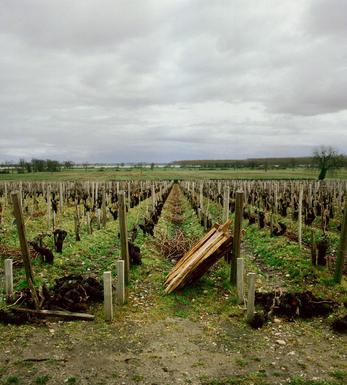
Sauternes
Sauternes is where arguably the world's finest sweet white wines are produced. The Sauternes appellation actually consists of five communes: Barsac, Preignac, Bommes, Fargues and Sauternes itself. Barsac is also an appellation in its own right.
Sauternes literally has an atmosphere different from any of the other major communes. At the southern tip of the Graves,close to the Garonne, not only is the land hillier and decidedly more bucolic but it also enjoys a specific mesoclimate of evening autumn mists which linger until well into the following day, unless burnt off by warm sunshine.
The mists are caused by the cool, spring-fed waters of the Ciron River meeting the warmer tidal Garonne, and the result is an ideal environment for the growth of the mould botrytis cinerea. When its arrival is felicitous, it feeds on the water in the ripe grapes, dehydrating them and leaving sweet, shriveled fruit.Other regions in Bordeaux (ie Cadillac, Loupiac) produce wines in a similar style from the same method, but none achieve the profundity and complexity of Sauternes.
Recommended Châteaux : Ch. D'Yquem, Ch. Climens (Barsac), Ch. Suduiraut, Ch. Rieussec, Sigalas- Rabaud, Ch. Coutet (Barsac), Ch. de Fargues, Ch. Lafaurie-Peyraguey, Ch. Doisy-Védrines (Barsac), Chateau Partarrieu, La Tour Blanche
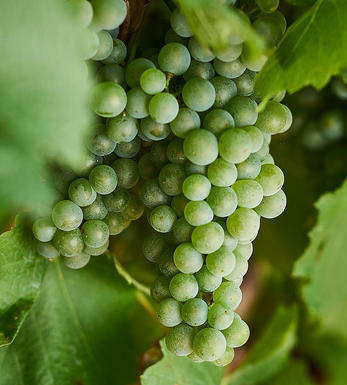
Sauvignon Blanc & Sémillon
The blend used for White Graves and Sauternes and rarely encountered outside France. In the great dry whites of Graves, Sauvignon Blanc tends to predominate in the blend, although properties such as Smith Haut Lafite use 100% Sauvignon Blanc while others such as Laville Haut Brion have as much as 60% Sémillon in their final blends. Sauvignon Blanc wines can lose their freshness and fruit after a couple of years in bottle - if blended with Sémillon, then the latter bolsters the wine when the initial fruit from the Sauvignon fades. Ultimately Sauvignon Blanc gives the wine its aroma and raciness while Sémillon gives it backbone and longevity.
In Sauternes, Sémillon is dominant, with Sauvignon Blanc playing a supporting role - it is generally harvested about 10 days before Sémillon and the botrytis concentrates its sweetness and dampens Sauvignon Blanc`s naturally pungent aroma. It contributes acidity, zip and freshness to Sauternes and is an important component of the blend.


Buying options
Add to wishlist
Description
The 2001 Rieussec is a blend of 96.5% Semillon and 3.5% Sauvignon Blanc picked between 17 September and 25 October in three tries. This is a somewhat controversial wine, one I have tasted many times. It seemed to flare with brilliance in its youth and subsequently never replicated that performance. Here, it has a mature nose with dried honey, yellow flowers and honeysuckle, the palate well balanced with ripe dried mango and orange rind notes, though it does not possess the same killer delineation as the 2005 on the finish. It remains a lovely Sauternes, but in this vertical tasting, I found more nervosit in the 2005, at least at this stage. The question is whether it will have a second wind later in life? Time will tell. Tasted April 2016.
Neal Martin - 31/01/2017
wine at a glance
Delivery and quality guarantee